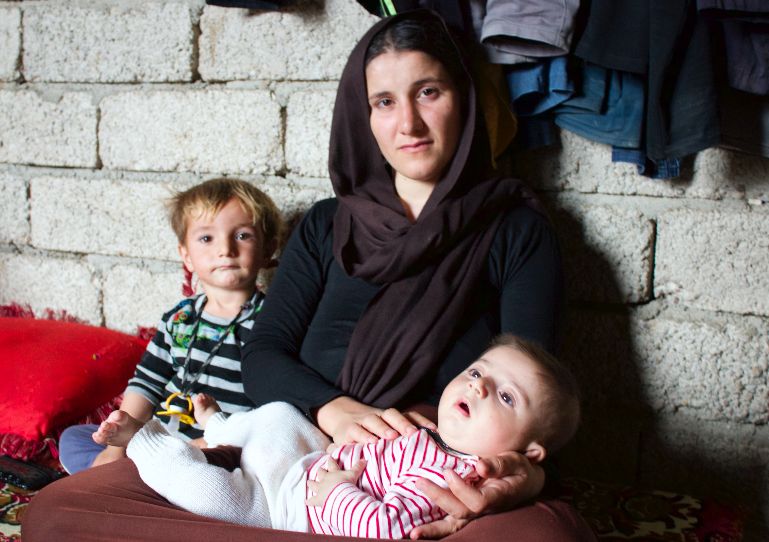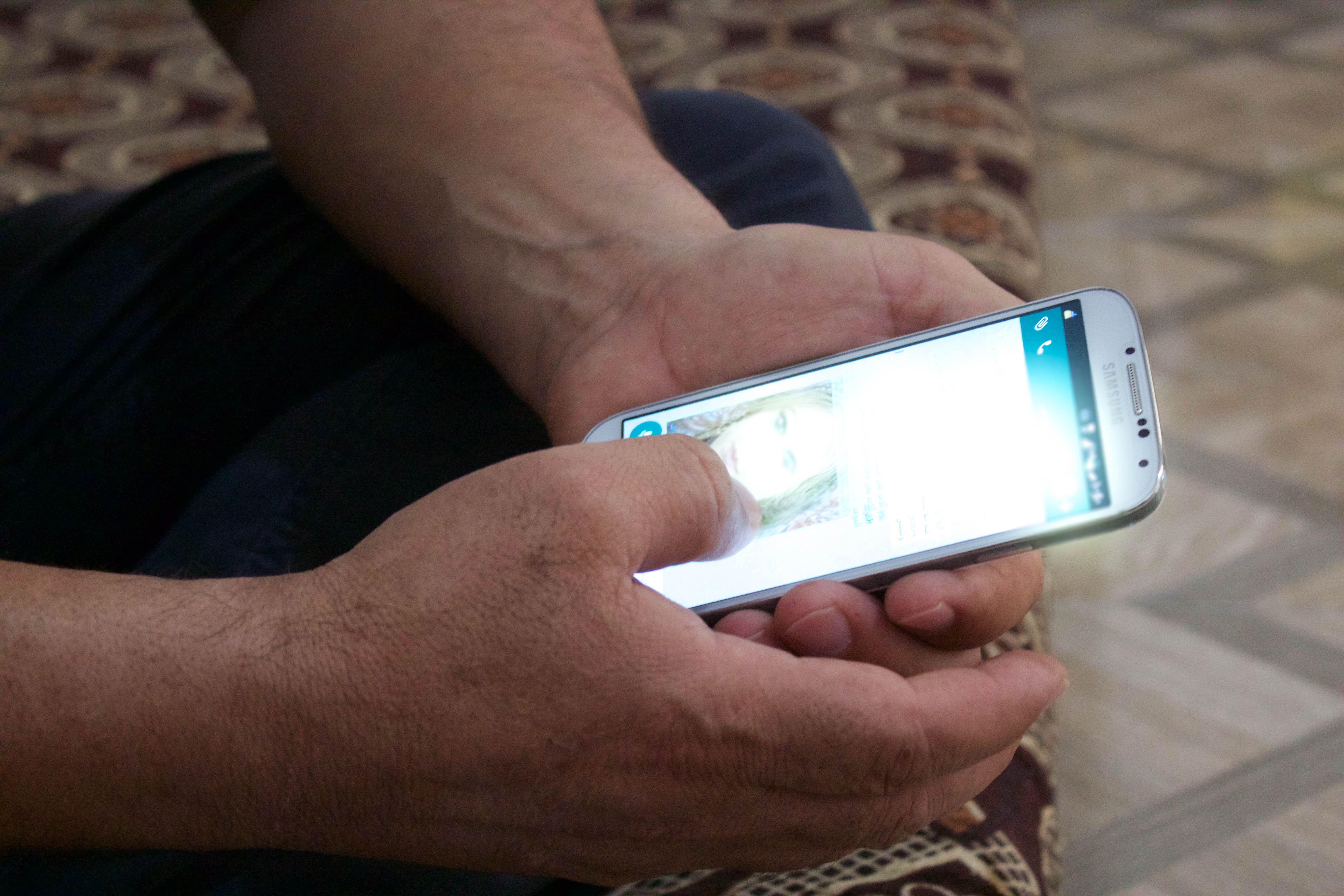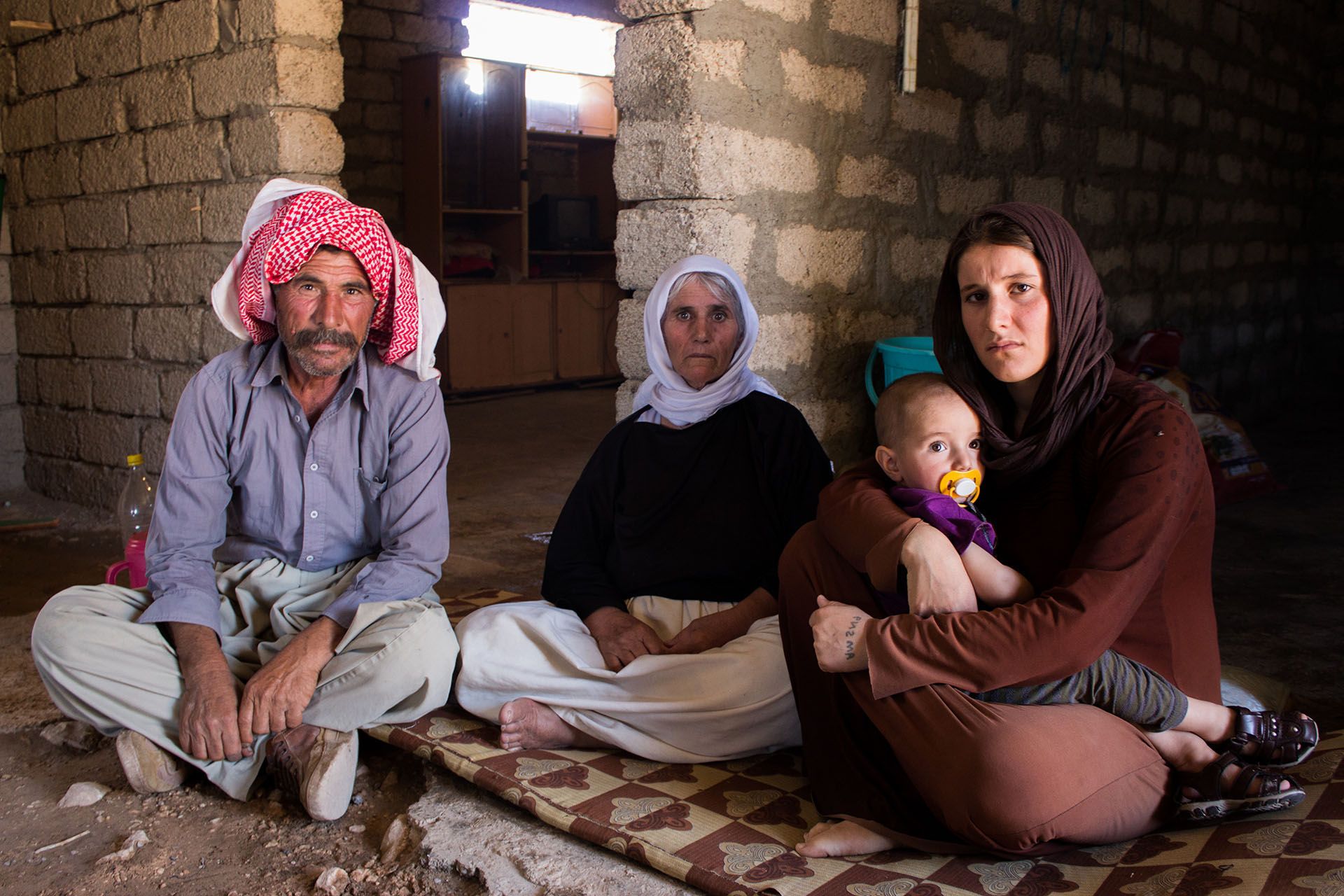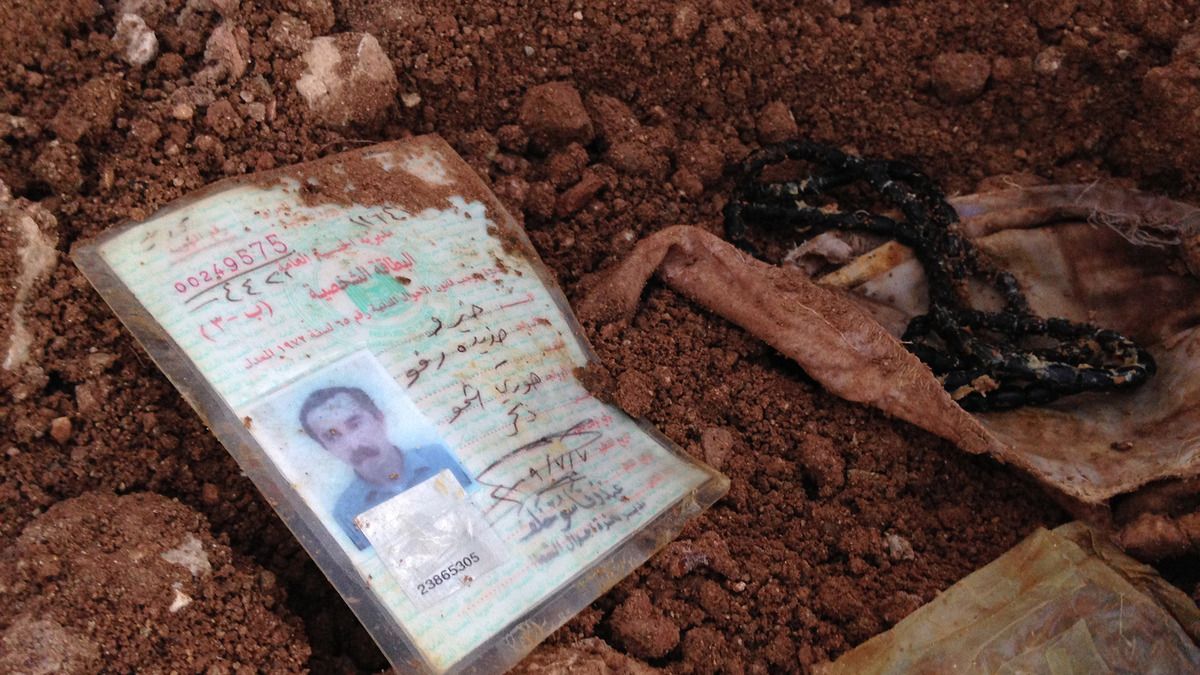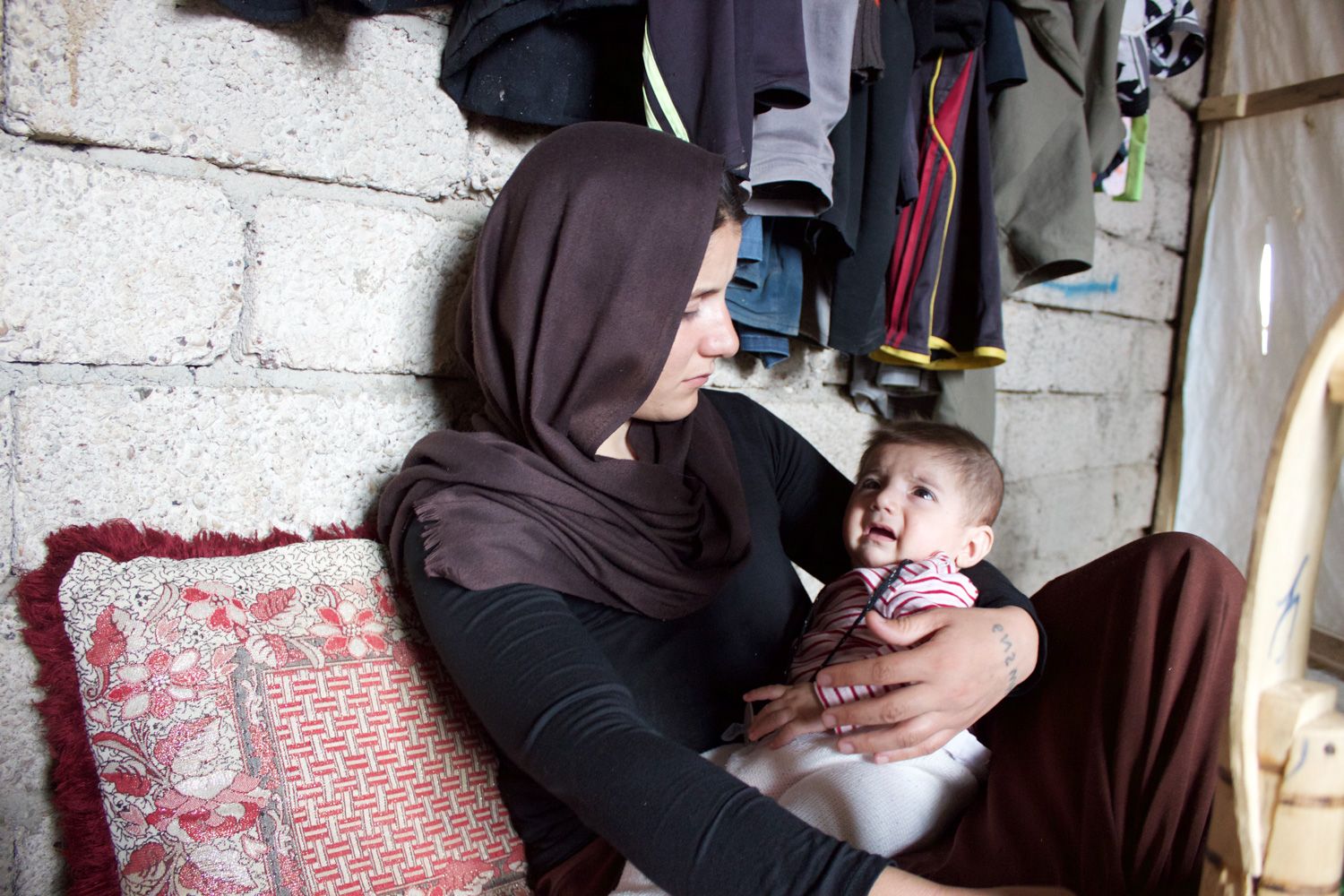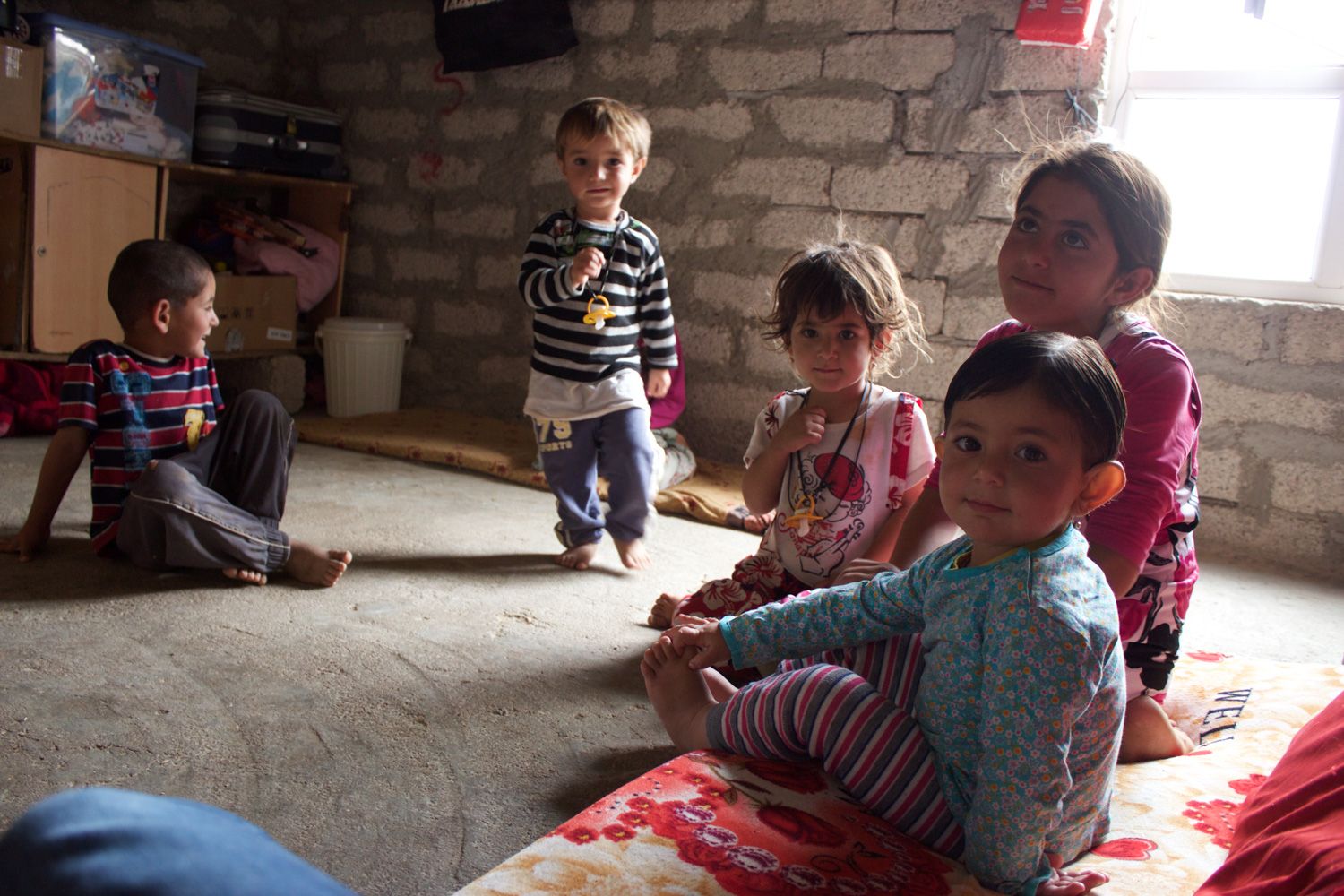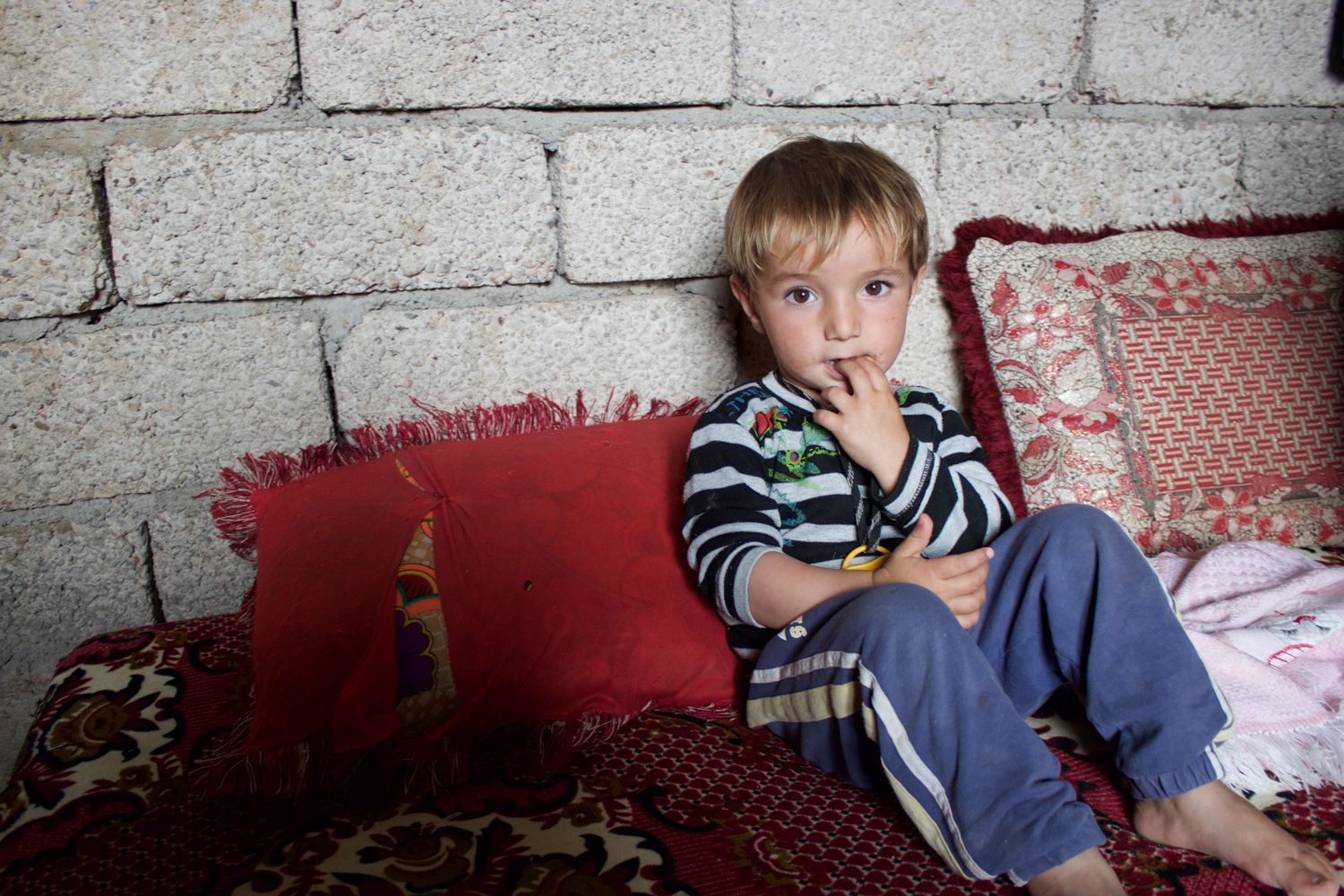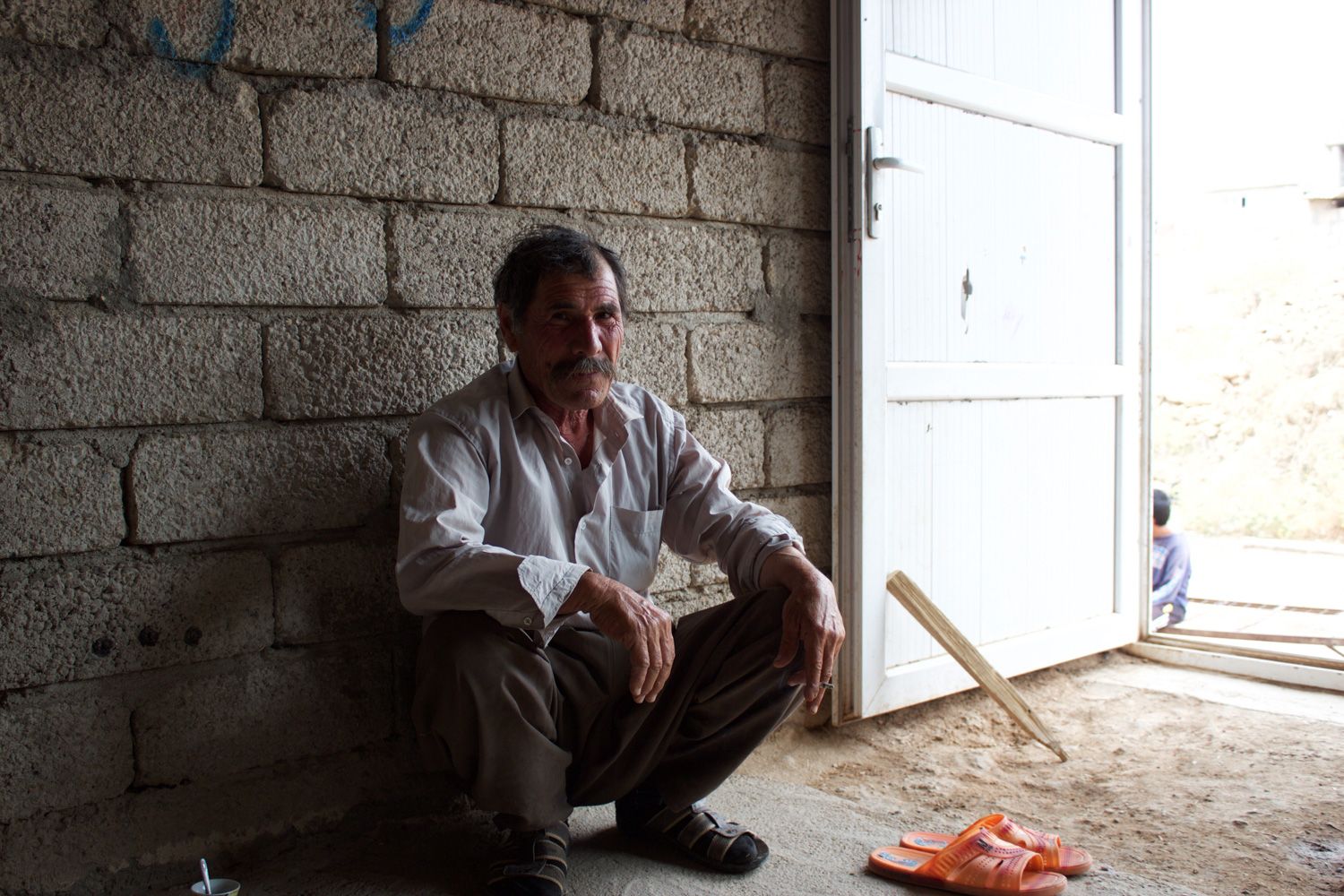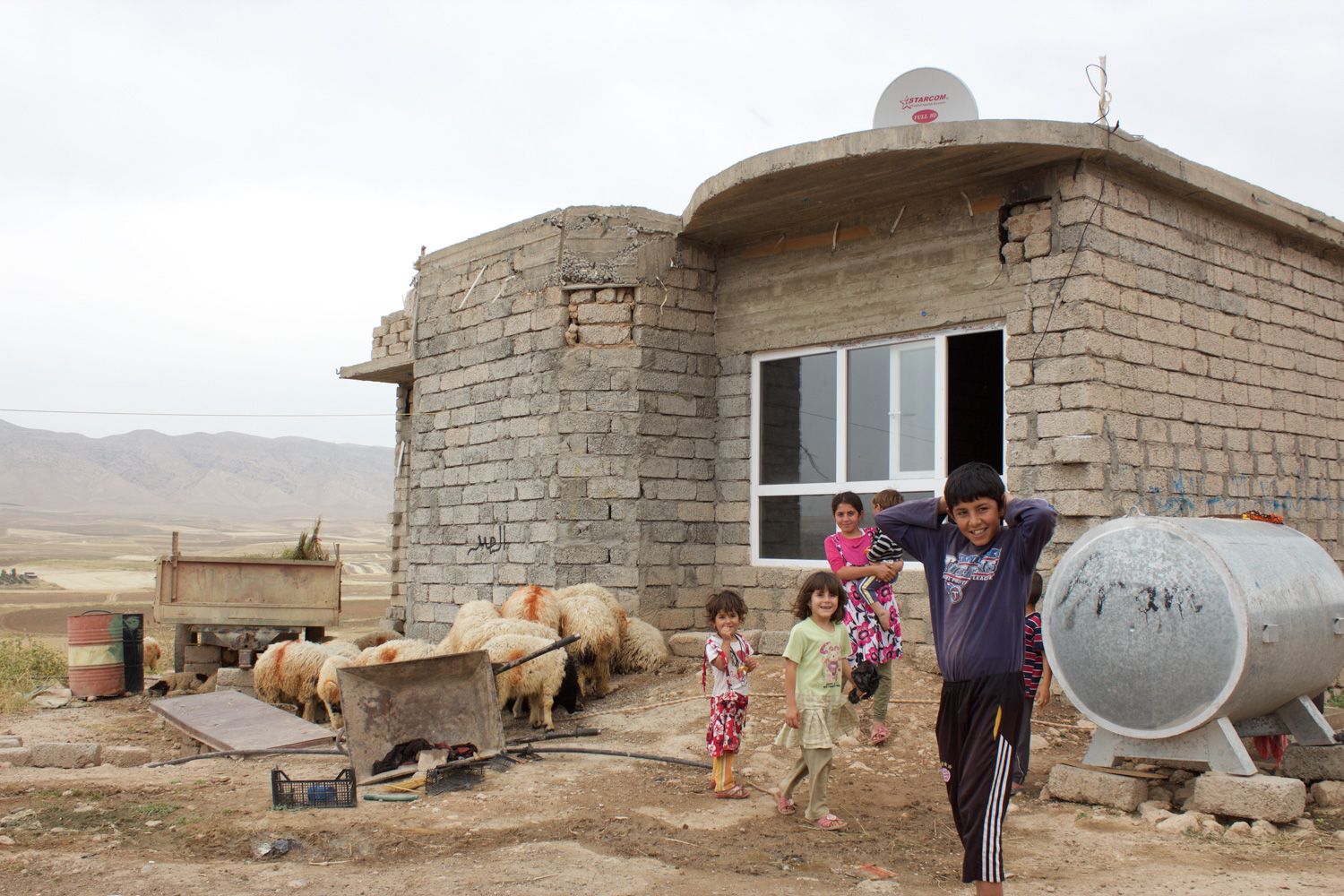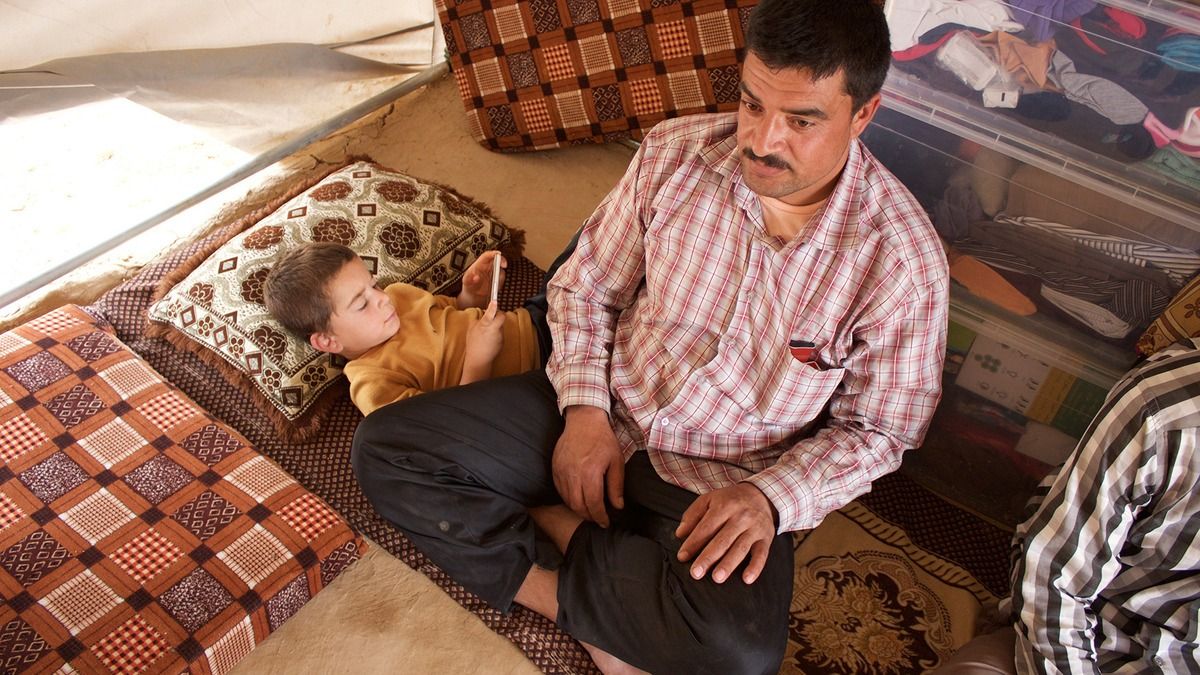Section 2:
Recognize Perspectives: Recognize your own and others’ perspectives.
Objective:
Determine the meaning of words and phrases in texts on fragile states. Determine main ideas in new information and provide an accurate summary of that information. Identify your own perspective while reading, and recognize and understanding others’ points of view.
Introducing the Lesson:
Learn About Perceptions: Read this excerpt from Conflict Resolution Education:
"Every perception a person has is based upon their own personal experience. People perceive the world differently because no two people have the same experiences. Experience makes us who we are. It shapes our minds and opinions, our likes and dislikes. Therefore, it is difficult to have one ideal definition of certain concepts, such as justice, virtue, and an ideal society. Our experiences color our opinions of people different than ourselves and even our opinion of the dark. The only way to create one perception of reality would be to systematically force everyone to have the same experiences. Fortunately, we can do our best to understand how others are experiencing the world and we can avoid misinterpreting their behavior or experiences."
Activity:
Think About Different Viewpoints: View the following photographs.
- What do you see (your perceptions based on your experiences)?
- Compare notes with a classmate. How similar are their perceptions to yours? Why?
Now, consider another perspective:
- Picture 1: Children standing in the doorway of their home. You are one of the children in the photograph. You have grown up in a rural village in central India. You have never been outside of your village. What do you see? What do you feel?
- Picture 2: A family in an open air home in rural India. You are standing in the doorway of your open air home in central India, looking at your family. You have never been outside of your village. What do you see? What do you feel?
- Picture 3: Hard work for elephants in a beautiful palace. You are one of the elephants working at this palace in central India. All day long, every day, you carry up to four tourists on your back. You walk up steep ramps in over 100 degree weather. What do you see? What do you feel?
Perspective Changes: Look back at your initial perspectives on the photographs. How have they changed? What influences changes your perspective?
Watch Fragile States, Global Consequences-Part 4 (start at 6:30). Louise Arbour, the President of the International Crisis Group, states in the video that the best signs a country is moving away from fragility are not what we might expect. Traditionally, we would take a military approach to security. Louise presents a non-traditional perspective of looking at security in a fragile state. She believes we should look at human indicators of security such as if girls are attending school, if women are safe in their communities, and if civil society is occupying space. The test is the security of the people. Why, do you think, is this considered a non-traditional perspective. What factors might have influenced her perspective?
Introducing the Resource: "Iraq: A Life After Slavery"
Fragile States and ISIS: Iraq and Syria
- We learned that in a world that is quickly shrinking, fragile states have a global impact that is becoming clearer. Fragile states provide a vast staging ground for international crime and other global threats. The unsecured borders and weak infrastructures of fragile states provide ideal breeding grounds for terrorism. What is ISIS? Discuss as a class or research as necessary. Research information on Iraq and Syria. What makes them qualify as fragile states?
Read Iraq: A Life After Slavery by Emily Feldman.
- Look up vocabulary words or phrases that are new to you. Use each new word in a sentence about fragile states in your notes. (persecuted, laying waste, minority, grim, forged, outskirts, rampaged, makeshift, refugee, listlessly, predicament, swaths, bastion)
- What are the main ideas in the article?
- Read information about the author of the article, journalist Emily Feldman. What do you think influenced how Emily reported this story?
- Take a close look at the images and captions in the story. Emily Feldman, theauthor, also captured and published the images in the story. How does her background and perspective influence the stories she chose to tell through the images?
Read ISIS Still Hold Thousands of Slaves, Giving Brisk Business to Human Smugglers by Emily Feldman
- Look up vocabulary words that are new to you. Use each new word in a sentence about fragile states in your notes. (smuggler, captives, radicals, targeted, infidels, expansionist, asylum, ransom, dejected, clutches)
- What are the main ideas in this article?
- Do a 5-minute free-write on your reaction to this article.
- With a partner, compare notes on your main ideas and your reactions. Are the similar to your partners? Discuss any differences in perceptions and what might have influenced those differences.
PART 1* PART 2 * PART 3* PART 4
In this lesson, students will use their knowledge of fragile states to determine the meaning of words and phrases in challenging texts. They will determine main ideas in new information on fragile states and provide an accurate summary of that information. They will also identify their own and others' points of view.
CCSS.ELA-LITERACY.RH.6-8.2
Determine the central ideas or information of a primary or secondary source; provide an accurate summary of the source distinct from prior knowledge or opinions.
CCSS.ELA-LITERACY.RH.6-8.4
Determine the meaning of words and phrases as they are used in a text, including vocabulary specific to domains related to history/social studies.
CCSS.ELA-LITERACY.RH.6-8.6
Identify aspects of a text that reveal an author's point of view or purpose (e.g., loaded language, inclusion or avoidance of particular facts).
